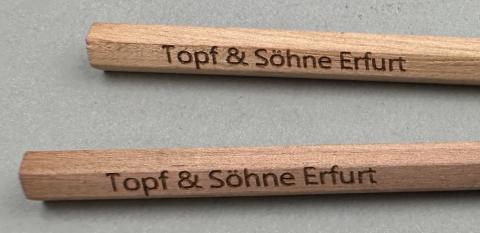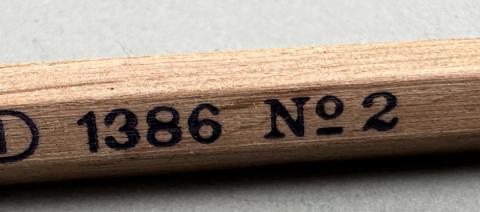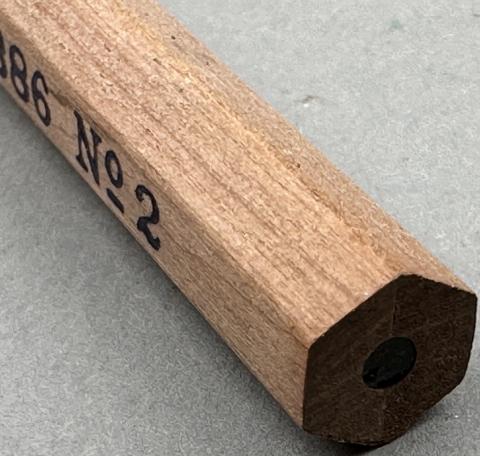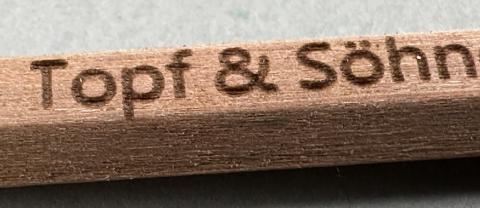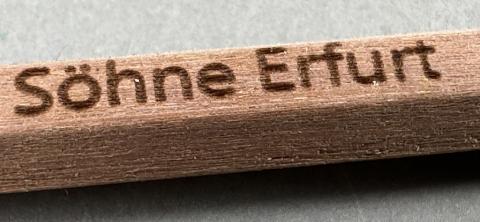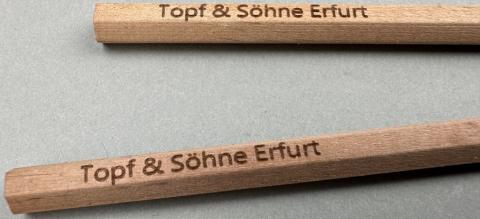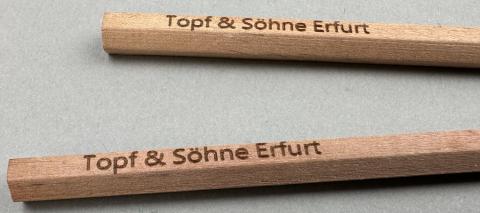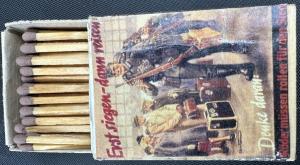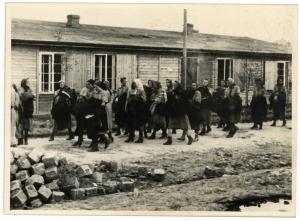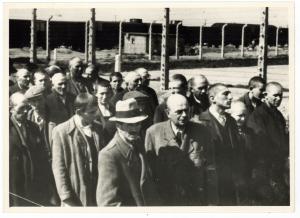Concentration camp AUSCHWITZ crematory company Topf & Sohne pen
| List price(USD): | $135.00 |
| Price(USD): | $79.00 |
| You save(USD): | $56.00 |
Concentration camp AUSCHWITZ crematory company Topf & Sohne pen
*** I HAVE 2 BUT ONLY ONE LEFT, PRICE IS FOR ONE ONLY ***
Kurt Prüfer, the head of Topf & Söhne's small crematoria department, was the main oven designer. He developed a two-muffle transportable oven in September 1939, which was delivered to Dachau concentration camp in November 1939. A 'muffle' is the incineration chamber where the body is put. In order to improve the speed at which bodies burned, the muffles were internally joined, resulting in the ashes of individual bodies being mixed. This was illegal, but all subsequent multi-muffle ovens built for the concentration camps were designed in the same way. A further four, single-muffle ovens were built at Dachau by Topf & Söhne's competitor H. Kori.
Initially, Buchenwald camp, which opened in July 1937, sent bodies to the local Weimar city crematorium. From April 1938 to March 1939, 90% of all cremations at Weimar came from Buchenwald. The unusually high numbers looked suspicious, so the SS wanted their own on-site facilities, although it was illegal for crematoria to be outside of local authority control.[10] A Topf transportable, double-muffle oven was delivered in winter 1939/40, and two, three-muffle stationary ovens were ordered. As with all Topf & Söhne stationary ovens, the parts were made in the factory in Erfurt, and the firm's staff went on site to build them, often spending months at the camps. One staff member, Martin Holich, spent almost 12 months in 1942–43 installing and repairing equipment at Auschwitz-Birkenau.
The muffles of the concentration camp ovens were smaller than those for civil crematoria, because no space for a coffin was needed, which saved both space and fuel. Prüfer later designed ovens with muffles large enough for multiple bodies to be burned simultaneously. Later, in Topf & Söhne's instructions on using the ovens, they advised adding bodies to the muffles at 20-minute intervals as the previous body burned down. Bodies were often pushed in four, five or even six at once.
In addition to making ovens for Buchenwald, Auschwitz and Dachau, Topf & Söhne also supplied a transportable double-muffle oven and a stationary double-muffle oven for Mauthausen-Gusen, a triple-muffle oven at Groß-Rosen and a four-muffle oven at Mogilev ghetto. It is also thought that they supplied transportable ovens to at least one of the Nazi euthanasia institutions, in which a total of over 70,000 physically and mentally disabled people were murdered in 1940 and 1941.
